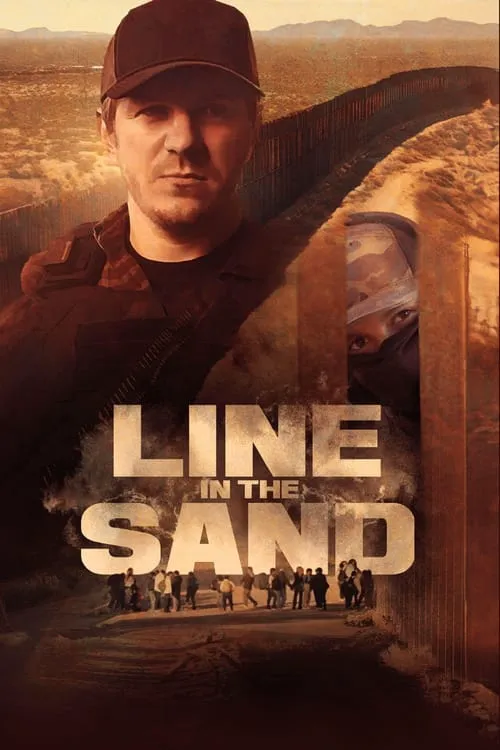Line in The Sand

Plot
"Line in the Sand" is a 2019 documentary film that delves into the complex issue of the US-Mexico border crisis. Directed by James O'Keefe, the film takes viewers on a raw and unflinching journey through the heart of the migrant industrial complex. Through hidden cameras and candid testimonials from those who have crossed the border, O'Keefe exposes the shocking reality of this contentious issue. The film opens with a poignant scene of a Mexican freight train, known as "La Bestia," which serves as a primary mode of transportation for migrants attempting to reach the US. The train's cars are cramped and unsanitary, with many migrants facing the very real threat of being killed or injured during the grueling journey. This introductory scene sets the tone for the rest of the film, which will reveal more horror stories and harrowing tales from those who have crossed this border. As viewers continue on this journey with O'Keefe, they are introduced to a network of smugglers and cartel members who facilitate the passage of migrants across the border. These individuals charge exorbitant fees to families and individuals seeking a better life in the US, often with the promise of securing jobs or reuniting with loved ones. However, the risks associated with this process are immense, with many migrants facing arrest, detention, and even deportation. One of the most distressing aspects of the film is its examination of the US-funded child detention centers. These facilities, which are ostensibly designed to provide a safe haven for unaccompanied minors, in reality reveal shocking levels of neglect and abuse. O'Keefe's hidden camera footage captures the despairing cries of children being held in cramped, inadequate conditions, as they face the very real possibility of long-term detention without access to adequate medical care, education, or family reunification. The film also takes a critical look at the role of the US government in perpetuating this crisis. The Trump administration's policies, including its infamous "zero-tolerance" approach to border crossings, are shown to be directly responsible for exacerbating the situation. O'Keefe argues that these policies have created a perverse incentive for smugglers and cartel members to continue their work, putting the lives of thousands of migrants at risk. In a particularly striking sequence, O'Keefe visits the border city of El Paso, where he speaks with migrants who have attempted to claim asylum in the US. However, the system's complexity and bureaucratic red tape mean that many of these individuals are forced to wait for months, sometimes years, in subpar conditions, without access to basic necessities like food, shelter, or healthcare. The film's title, "Line in the Sand," refers to the arbitrary and ever-shifting border that separates the US from Mexico. This metaphor serves as a powerful reminder that this crisis is not simply a matter of geography, but a complex web of human rights, economics, and social justice. Throughout the film, O'Keefe's own voice and perspective offer a nuanced understanding of this crisis. As an undercover journalist, he navigates the treacherous landscape of the migrant industrial complex with caution and empathy, earning the trust of his sources and gathering a wealth of compelling testimony. "Line in the Sand" is a deeply unsettling film that forces viewers to confront the very real human costs of the US-Mexico border crisis. Rather than presenting simplistic solutions or easy answers, O'Keefe offers a searing critique of a system that has been corrupted by bureaucratic inefficiency, xenophobia, and greed. Ultimately, the film serves as a powerful call to action, urging viewers to demand change and advocate for the rights and dignity of those who have been exploited and marginalized by this crisis.
Reviews
Recommendations



